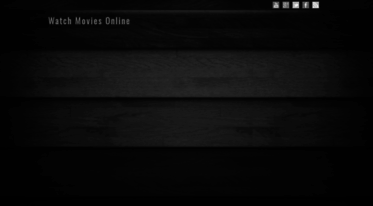Gradually, Westerners’ view of Ozu cinema will change. More and more authors and critics will emphasize what is reductive to consider in him only the purity, to see only Japanese culture in his images and to erase everything that does not fit not in the context. As early as 1980 Alain Bergala writes that we have too often tended to speak of the scarcity of certain techniques such as traveling or fading in terms of ablation, almost self-mutilation, without note that at the same time Ozu was putting in place new forms that he needed. From fmovies-online.com now you will have the best choice to watch these films in the best way.

Ozu shape creator
In 1983, a book shakes up the various theories around the filmmaker. The author is Japanese, his name is Shiguéhiko Hasumi, and according to him, Ozu is the least Japanese of filmmakers. He underlines the features which place the filmmaker at the opposite extreme, what one can call the typically Japanese aesthetic: his image, both subtle and daring, never permeates the lyricism of traditionally Japanese rhetoric. David Borwell also invites us at the end of the eighties to make a comparison work between Ozu and his contemporaries in order to note the uniqueness of the latter. For him, “at first glance, his films may seem to blend into Japanese artistic culture in the broad sense, but the more we watch films from this period, the more the singularity of Ozu’s works is revealed”.
In addition, Hasumi denounces the theories of lack and subtraction. Defining Ozu by chaining negative speeches, absence and lack amount to dispossessing his films of their vibrant life of moving images. If we are touched, it is by productive” signs “that live in the present that is to say by the affirmative presence of the signs, which could in no way be circumscribed by lack. Admittedly, Ozu has excluded some cinematographic processes, but it is not his shortcomings that move us, nor what has remained after pruning”. If Ozu is gradually eliminating some of the most obvious camera movements, it is to invent its own system, to create the signs of a new visual and cognitive universe.
Yasujirô Ozu
First, there is what earned him to be nicknamed the tatami scribe, i.e. placing the camera in a very low position, approximately at the height of a man sitting on tatami in at a height between half and two-thirds of the height of the object being filmed. This is the most obvious characteristic of his technique. The cut montage is also much noticed. And then there are those famous characterless plans. They have often been described as empty or as still lives, but they have been the subject of endless contradictory debates. Some saw in it the expression of hidden meanings, the presence of the off-field in the field, or even the suspension of diegetic flow, the representation of time unrelated to transcendence. Beyond these features, which are fairly visible to a spectator, other Ozu practices, less immediately obvious, question the gaze or at least keep it constantly alert? On the one hand, Ozu breaks the so-called 180-degree rule, which in classic cinematographic practice determines the position of the camera when two characters facing each other are filmed in the field.




